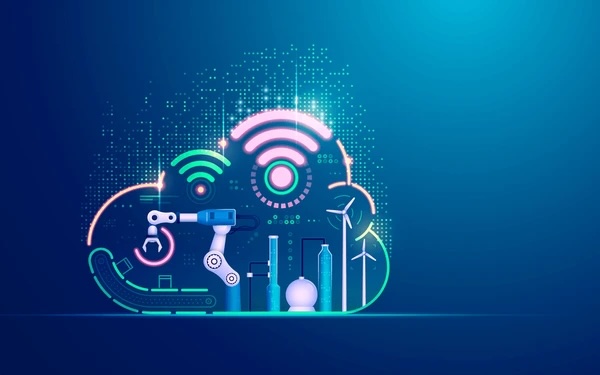I’ve always loved the intersection of tech and storytelling—and if you’ve worked in marketing or PR for any company remotely connected to IoT (Internet of Things), you know how fast things are evolving.
For those less familiar, IoT refers to the network of connected devices that communicate data—think smart home tech, industrial sensors, wearables, even connected cars. And while the focus is often on the hardware and software, what’s often overlooked is this: IoT is changing the way we communicate, market, and build trust with consumers and businesses alike.
So, what does this mean for marketers and PR professionals? Let’s talk trends.
-
Data-Driven Storytelling Just Got Smarter
We’ve been hearing “data-driven marketing” for years, but IoT takes it to the next level. With real-time data streaming from connected devices, marketers can now:
- Tailor messaging based on actual behavior, not assumptions
- Spot trends early and create proactive campaigns
- Develop content that solves real, in-the-moment problems
For example, if you’re marketing a connected HVAC system, you can craft messaging based on usage patterns and environmental data to show the real ROI to commercial building owners. The stories become more specific, relevant, and rooted in proof, not fluff.
-
Customer Experience Is the Campaign
IoT-enabled products create ongoing customer relationships. That means your marketing doesn’t end at purchase—in many cases, it’s just beginning.
Whether it’s smart fridges or fleet management software, the data collected can enhance onboarding, personalize support, and offer timely tips. For PR teams, this is gold—because the product experience becomes a core part of the brand story.
-
Privacy and Transparency Are the New Brand Values
With IoT comes constant data collection. And with that comes concern.
Marketers must now help brands build trust through transparency. Clear messaging around what data is collected, how it’s used, and how it’s protected is no longer a “legal” or IT issue—it’s a brand reputation issue. Companies that lead with openness are more likely to retain customer loyalty long-term.
-
Micro-Moments = Macro-Opportunities
Thanks to connected tech, brands can now engage with customers in “micro-moments”—those blink-and-you’ll-miss-it instances where someone makes a decision or forms an opinion.
For example:
- A smart speaker user asks for a product recommendation
- A wearable fitness tracker sends a prompt to hydrate
- A fleet management platform notifies a logistics manager of a delay
Each of those moments is a marketing opportunity—if the messaging is timely, helpful, and context-aware.
-
IoT = Thought Leadership Goldmine
If you’re marketing a B2B IoT company, don’t sleep on the thought leadership potential.
From predictive maintenance to smart cities to energy efficiency, there are endless story angles that tie into current events, policy conversations, and the future of work. The key is to humanize the tech—share the “why it matters,” not just the “how it works.”
The Future is Connected (And Communicated)
IoT is more than just a buzzword—it’s a shift in how brands engage with the world. For marketers and PR pros, the challenge (and the opportunity) is figuring out how to take all that data, complexity, and connectivity… and translate it into clear, meaningful messaging.
Whether you’re working with an enterprise platform or a consumer-facing smart device, one thing’s for sure: your next big campaign might start with a sensor.


